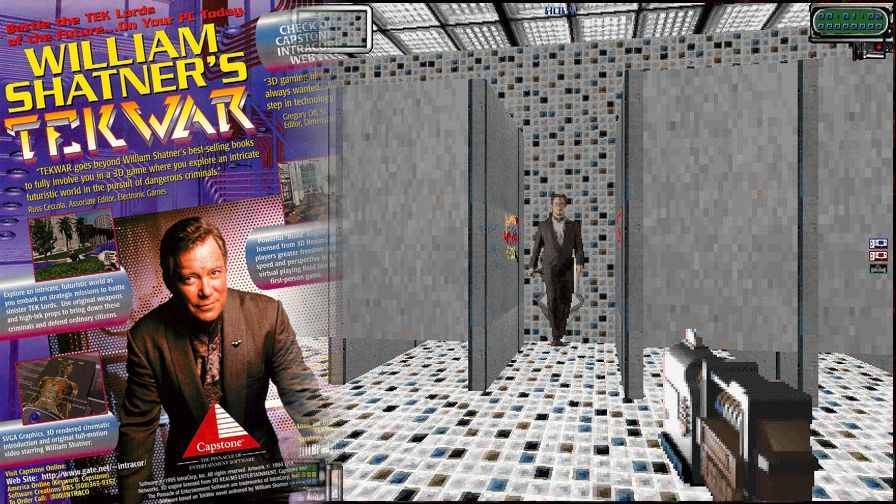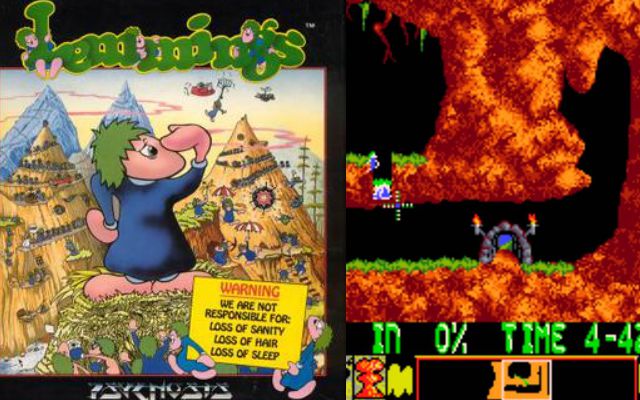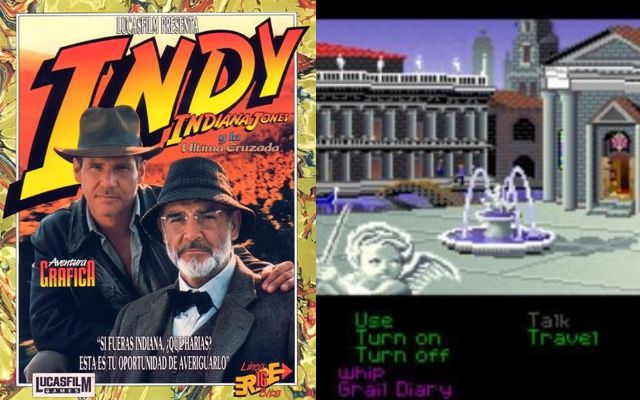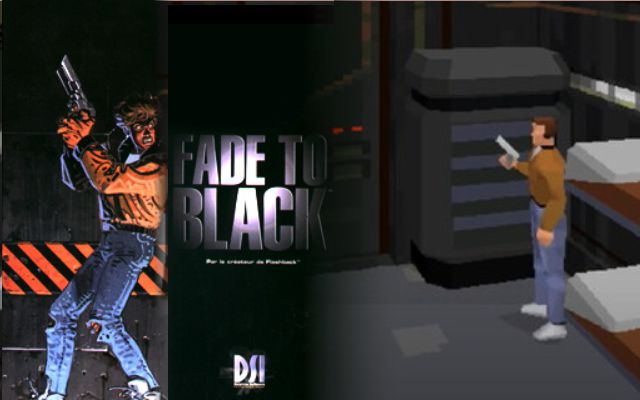Search Games
Welcome to the MS-DOS game emulator. On this abandonware site you have an old game review every week, where you can play the freeware/shareware version of every game.
TEKWAR
TEKWAR
Date added: 2019-10-23
Tags: None
Rated the best by our players
5 out of 5 based on 59883 ratings.
Game Information:
TEKWAR, a first-person shooter released in 1995, offers an interesting snapshot of the gaming landscape of the mid-'90s. As one of the early adopters of the FPS genre, it introduced gamers to a cyberpunk world inspired by William Shatner's novel series. In this technical analysis, we'll dive into the various aspects of TEKWAR, from its engine and graphics to its gameplay mechanics and level design.
Game Engine and Graphics
TEKWAR utilizes a proprietary game engine, which was fairly advanced for its time. The engine allowed for smooth, albeit somewhat primitive, 3D rendering. The graphics, while undoubtedly outdated by today's standards, were impressive in their time. The game successfully captures the grimy, neon-drenched aesthetics of a cyberpunk future, creating an immersive atmosphere.
One remarkable aspect is the game's ability to render detailed environments using texture mapping. The levels are intricately designed, featuring a blend of dark alleyways, futuristic buildings, and neon signage. It's worth noting that TEKWAR's graphics were significantly enhanced if you had a 3D accelerator card, which was a rarity during its release.
Gameplay Mechanics
TEKWAR's gameplay is characterized by its simple yet effective mechanics. The player assumes the role of Jake Cardigan, and the primary objective is to explore the game's dystopian world, combat enemies, and solve puzzles. The controls may seem clunky by today's standards, but at the time, they were quite manageable.
Combat in TEKWAR is diverse, with a variety of weapons and gadgets at your disposal. The arsenal includes standard firearms, such as pistols and shotguns, but also futuristic gadgets that suit the cyberpunk theme, like energy weapons and throwable explosives. The inclusion of melee combat was a notable feature, providing a satisfying alternative to firearms.
Level Design
The level design in TEKWAR is one of its strong suits. The game offers a mix of linear and open-ended environments, keeping the gameplay experience engaging. The levels are well-crafted and intricately designed, featuring elements like security systems, locked doors, and hidden secrets. These design choices contribute to the puzzle-solving aspect of the game.
The puzzles in TEKWAR are cleverly integrated into the storyline, creating a sense of progression as players navigate the plot. While some puzzles may feel a bit dated, they add depth to the game's narrative and encourage players to think strategically.
Sound and Music
The sound design in TEKWAR is a notable aspect of the game's technical makeup. The atmospheric soundtrack, combined with cyberpunk-inspired tunes, enhances the immersive experience. The gritty, futuristic soundscapes contribute to the overall feel of the game, successfully capturing the essence of the cyberpunk genre.
Voice acting in TEKWAR, featuring William Shatner himself, was a remarkable inclusion. For its time, the quality of the voiceovers was commendable and added depth to the characters and the storyline.
TEKWAR, while undoubtedly dated from a technical perspective, is a fascinating relic of the '90s gaming era. Its proprietary game engine, graphics, and design choices reflect the gaming technology available during its release. The gameplay mechanics, level design, and sound elements, particularly the voice acting, are commendable considering the time it was developed.
For gamers interested in the history of first-person shooters and those who appreciate the cyberpunk genre, TEKWAR offers a unique opportunity to explore a classic title that helped shape the gaming landscape we know today. It's not just a game; it's a time capsule of a bygone era of gaming, deserving of attention for its contributions to the FPS genre.











